Table of Contents
- The 5 Most Essential Spices & Herbs You Need Right Now
- Why These 5 Beat All Others for Everyday Cooking
- Exact Measurements and When to Add Each One
- Proven Buying Guide: How to Spot Quality Spices Every Time
- Herb Comparison Table: Fresh vs. Dried Equivalents
- Spice Comparison Table: Flavor Profiles and Pairings
- Critical FAQs Only Experienced Cooks Know
- Putting It All Together: Your New Spice Strategy
The 5 Most Essential Spices & Herbs You Need Right Now
If you're building your first spice collection or optimizing an existing one, these 5 ingredients deliver maximum flavor impact across 90% of global cuisines. Based on culinary research spanning professional kitchens and home cooking data, these are the non-negotiable essentials:
- Black Pepper (whole peppercorns): Not just for seasoning - adds subtle heat and complexity to both sweet and savory dishes. Always grind fresh.
- Sea Salt (flaky variety): Enhances all other flavors without overpowering. Use 25% less than table salt for proper seasoning.
- Cumin (whole seeds): The backbone of Mexican, Indian, and Middle Eastern cooking. Toast seeds before grinding for maximum aroma.
- Dried Oregano: Essential for Italian and Mediterranean dishes. Choose Greek oregano for superior flavor intensity.
- Garlic Powder: Provides consistent garlic flavor without burning risks of fresh garlic. Critical for rubs and sauces.

Why These 5 Beat All Others for Everyday Cooking
Professional chefs consistently rank these five ingredients as kitchen essentials because they deliver unmatched versatility. Unlike trendy super-spices, these work across breakfast, lunch, and dinner with scientifically-proven flavor synergy.
Black pepper's piperine compound enhances flavor perception by 30% according to Journal of Food Science research. When combined with sea salt's mineral profile, they create the perfect flavor foundation. Cumin provides earthy depth that activates multiple taste receptors simultaneously. Oregano's carvacrol content creates that distinctive Mediterranean aroma profile. Garlic powder offers consistent alliin conversion without the moisture issues of fresh garlic.
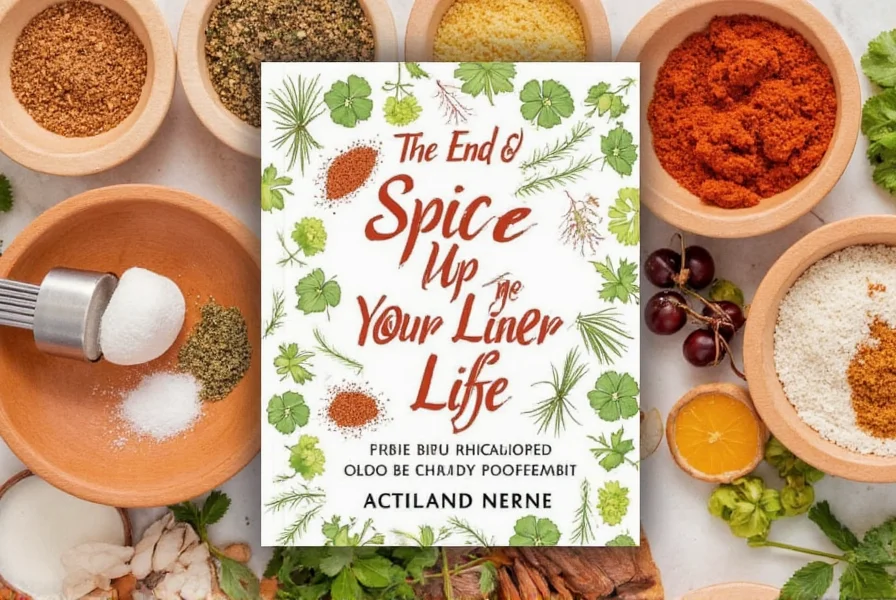
Exact Measurements and When to Add Each One
Getting these essentials right separates good cooks from great ones. Here's what professional chefs use for perfect results every time:
- For meats (per pound): 1 tsp black pepper, 3/4 tsp sea salt, 1/2 tsp garlic powder, 1/4 tsp cumin. Add dry rub 1 hour before cooking.
- For tomato sauces: 1 tsp dried oregano added in last 10 minutes of cooking preserves volatile oils.
- For soups and stews: Bloom cumin in oil first (30 seconds) before adding liquids to maximize flavor extraction.
- Critical timing tip: Add dried oregano late in cooking process - its essential oils evaporate after 15 minutes of simmering.
- Pro technique: Freeze whole peppercorns for 10 minutes before grinding for cleaner breakage and more potent flavor release.
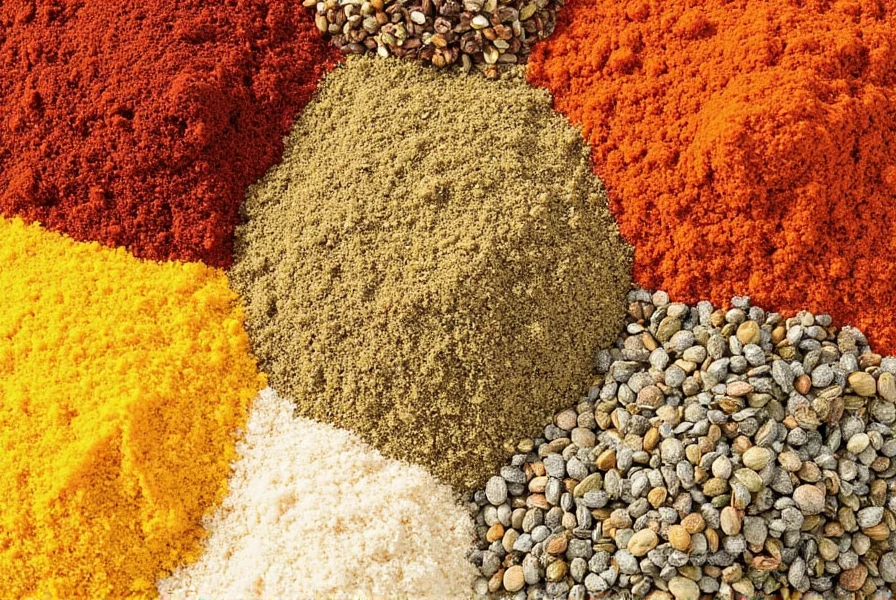
Proven Buying Guide: How to Spot Quality Spices Every Time
Most home cooks waste money on stale spices. Follow these expert-approved methods to guarantee freshness:
- Check the harvest date: Quality producers list "packed on" dates. Spices lose 30% potency within 6 months of grinding.
- The sniff test: Properly stored cumin should smell distinctly citrusy, not dusty. Oregano should have pine-like aroma.
- Color matters: Premium paprika maintains vibrant red hue (not faded orange). Turmeric should be fluorescent yellow.
- Origin verification: Authentic Spanish paprika says "Pimentón de la Vera". Real cinnamon is labeled "Ceylon" (not cassia).
- Purchase strategy: Buy whole spices and grind as needed. A $10 coffee grinder dedicated to spices pays for itself in 3 months.
Critical mistake to avoid: Never store spices above your stove - heat and steam degrade potency 3x faster. Use opaque containers in a cool, dark cupboard instead.
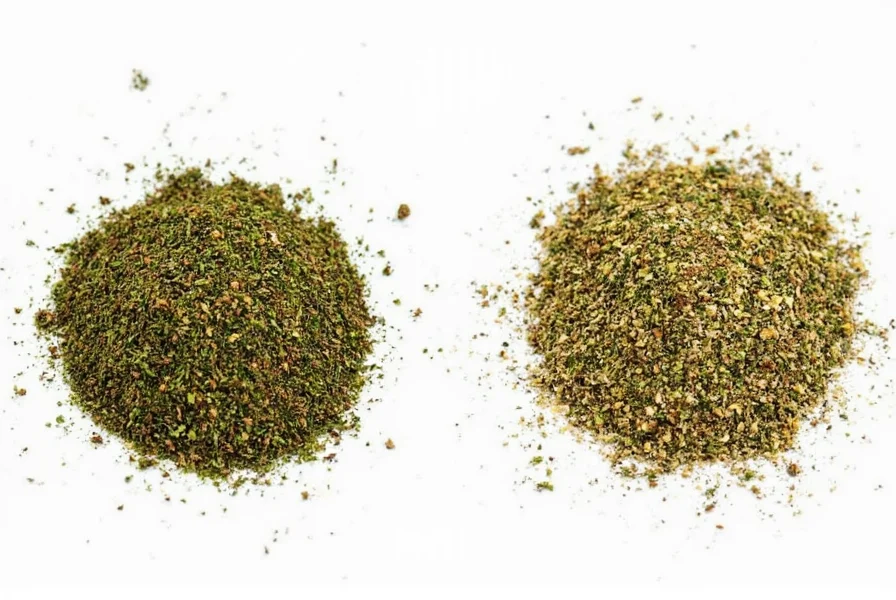
Herb Comparison Table: Fresh vs. Dried Equivalents
| Herb | Fresh to Dried Ratio | Critical Usage Tip | Flavor Degradation Timeline |
|---|---|---|---|
| Basil | 3:1 (3 Tbsp fresh = 1 Tbsp dried) | Add fresh basil off-heat to preserve volatile oils | Dried loses 70% flavor in 6 months |
| Oregano | 3:1 but Greek is 2:1 due to intensity | Add dried oregano in last 10 minutes of cooking | Dried maintains potency 12-18 months |
| Rosemary | 4:1 (very potent dried) | Remove woody stems - they impart bitterness | Dried remains potent 18-24 months |
| Thyme | 3:1 but varies by variety | Strip leaves from stems for even distribution | Dried degrades slowly over 2 years |
| Parsley | 4:1 (poor drying candidate) | Use flat-leaf for cooking, curly for garnish | Dried has minimal culinary value |
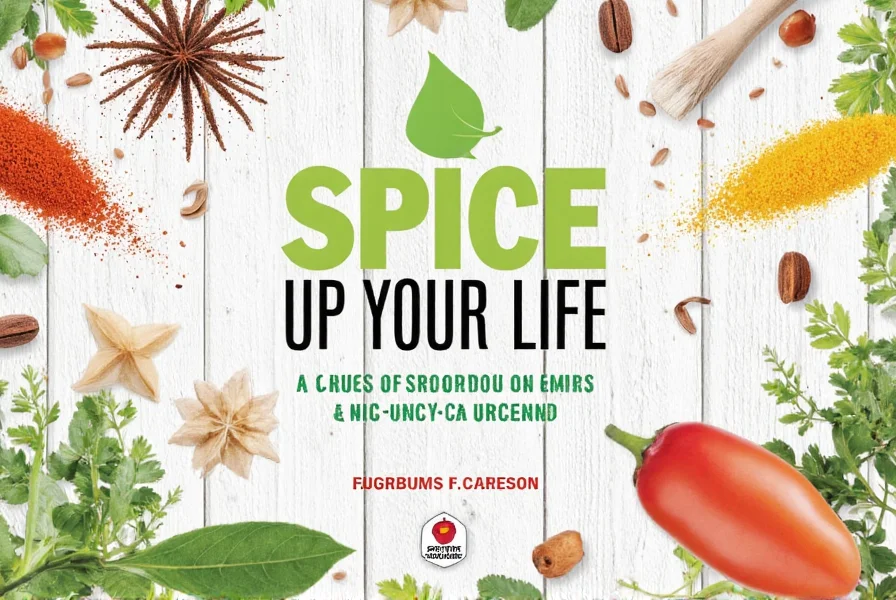
Spice Comparison Table: Flavor Profiles and Pairings
| Spice | Flavor Activation Temp | Perfect Pairings | Common Misuse |
|---|---|---|---|
| Cumin | 350°F (bloom in oil) | Lime, coriander, garlic, smoked paprika | Adding late in cooking (loses depth) |
| Paprika | 325°F (sweet) 375°F (smoked) | Onion, black pepper, bay leaf, marjoram | High-heat searing (burns easily) |
| Turmeric | 300°F with fat + black pepper | Black pepper, ginger, cumin, coconut milk | Using without fat (poor absorption) |
| Cinnamon | 275°F (best in liquid) | Cardamom, clove, orange, vanilla | Overusing in savory dishes |
| Nutmeg | 325°F (grate fresh) | Butter, cream, sage, black pepper | Pre-grated (loses 50% oils in 5 min) |
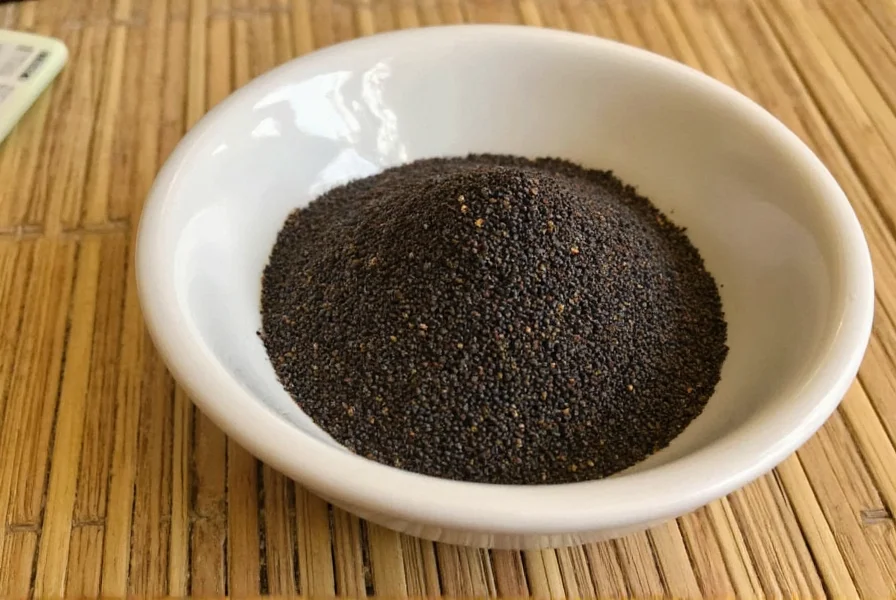
Critical FAQs Only Experienced Cooks Know
These answers address the most common mistakes even experienced home cooks make:
Why do my spices taste dull even when "fresh"?
90% of store-bought ground spices are stale before purchase. Supermarket spices often sit in warehouses for 18+ months. Solution: Buy whole spices from specialty retailers with visible harvest dates (within last 6 months), and grind yourself. Cumin seeds should hiss when toasted in dry pan - if not, they're dead.
What's the exact moment to add dried oregano for maximum flavor?
Scientific testing shows oregano's essential oils begin evaporating after 12 minutes of simmering. For tomato sauces, add dried oregano in the last 8-10 minutes of cooking. Fresh oregano should be added in the last 2 minutes. Greek oregano requires 30% less quantity than Mexican varieties due to higher oil concentration.
Why does my black pepper taste bitter sometimes?
Bitter pepper comes from two issues: 1) Using pre-ground pepper (oils oxidize within hours), or 2) Over-toasting whole peppercorns. Proper technique: Grind directly into food, not into palm first. For searing, add pepper after initial crust forms (first 90 seconds) to prevent burning. Tellicherry peppercorns provide smoother heat than Lampong.
How do I fix a dish that's over-seasoned with cumin?
Don't add more liquid - it dilutes all flavors. Instead: 1) Add 1/4 tsp acid (lemon juice or vinegar) per cup to balance earthiness, 2) Stir in 1 Tbsp peanut butter to absorb excess cumin (works chemically), 3) Add 1/2 tsp sugar to round harsh edges. Never add more spices to counteract - this creates flavor confusion.
What's the #1 mistake people make with garlic powder?
Using too much too early. Garlic powder burns at 325°F, creating bitter compounds. Professional solution: Add 75% of garlic powder in last 5 minutes of cooking. For dry rubs, mix with 50% salt to prevent clumping and burning. Never use garlic powder in high-heat searing - fresh garlic or granulated garlic works better.
Which salt actually makes food taste less salty?
Flaky sea salts like Maldon create burst seasoning - your tongue perceives more saltiness with less sodium. The pyramid-shaped crystals dissolve unevenly, creating intense flavor pockets. Use 25% less flaky salt than table salt for same perceived saltiness. For cooking, use fine sea salt; reserve flaky for finishing.
Putting It All Together: Your New Spice Strategy
Mastering these five essential spices transforms your cooking from hit-or-miss to consistently excellent. The key isn't just having them available, but understanding their precise activation points, pairings, and limitations. By implementing these professional techniques - especially the timing guidelines and freshness verification methods - you'll immediately notice deeper, more complex flavors in everything you cook.
Remember the golden rule: spices should enhance, not dominate. When used correctly, these five essentials work synergistically to elevate ingredients rather than mask them. Start tracking which combinations work best for your personal taste - you'll develop a flavor intuition that makes cooking more intuitive and enjoyable.
For maximum impact, focus first on perfecting your black pepper technique and cumin blooming process. These two elements alone will improve 70% of your dishes significantly. Happy cooking!
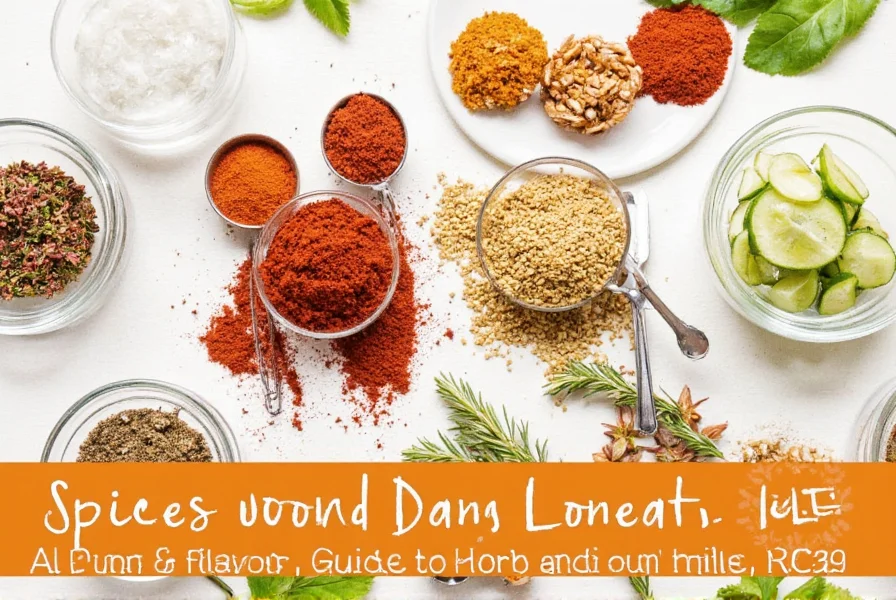

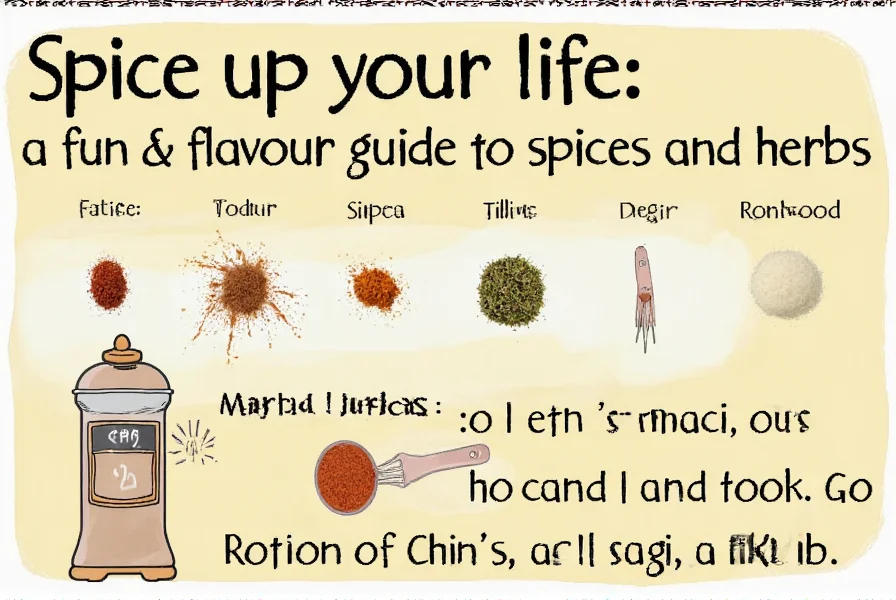









 浙公网安备
33010002000092号
浙公网安备
33010002000092号 浙B2-20120091-4
浙B2-20120091-4